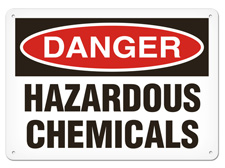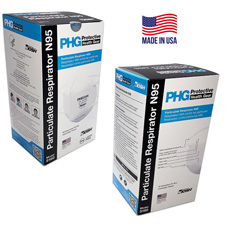| The Home page of ILPI's Safety Data Sheet (SDS) Resource, the leader in SDS information since 1995! | |
| The history and philosophy behind this resource. | |
| A curated collection of books and reference materials concerning Safety Data Sheets and closely related topics. | |
| Paste your plain text SDS into the SDS-Demystifier, and it will be converted into a hypertext-enriched document with links to detailed explanations of each key term. | |
| An extensive list of frequently asked questions about Safety Data Sheets including regulations, content, compliance, and more. | |
| A humorous take on Safety Data Sheet jargon. Fill in the blanks on our entry form to generate a personalized Unsafety Data Sheet to share with your coworkers. | |
| Since 1995, we've maintained this massive curated list of the best places to find Safety Data Sheets on the Internet. | |
| You are here! Way more than a glossary, this hypertext-enhanced resource covers hundreds of SDS-related terms and expert knowledge. Each entry includes both the SDS relevance and links to additional authoritative resources. | |
| Archived results of Safety Data Sheet related polls taken by some of our millions of site visitors | |
| The OSHA regulations behind SDS regulations, including the inspection guidelines and over 400 official interpretations letters under the Hazard Communication Standard | |
| Commercial suppliers of SDS authoring and management software as well as cloud compliance services. | |
| Commercial companies that will create SDS's for your specific needs as well as SDS translation companies. |

Safety signs, banners, and scoreboards? Get yours at Safety Emporium!

Ensure a safe workplace with safety signs and labels from Safety Emporium!
Definition
- The respiratory system refers to the organs used in breathing such as the nose, throat, larynx, trachea, bronchi, and lungs. Your body uses this system to take in oxygen from the air and expel carbon dioxide.
- Respiration - is the act of inhaling and exhaling. In others words, breathing.
- Respiratory protection refers preventing damage to the respiratory systems of employees who work in environments with insufficient oxygen or where harmful dusts, fogs, smokes, mists, fumes, gases, vapors, or sprays are present. The most commonly used form of respiratory protection involves respirators.
Additional Info
The term pulmonary is used to refer to processes or conditions involving the lungs. For example, pulmonary edema is an abnormal buildup of fluid in the lungs.
SDS Relevance
Exposure to certain chemicals can result in irritation or damage to the respiratory system. Always read the Safety Data Sheet to determine the safe working limits (PEL and TWA values) and to see what kind of personal protective equipment (PPE) is suggested. Avoid exposure to dusts, fumes and vapors.
Respirators are pieces of Personal Protective Equipment (PPE) that can help protect your respiratory system from exposure to hazardous chemicals. SDS's may call for such PPE if appropriate engineering controls such as fume hoods are not available; you will find this information in Section 8 (exposure controls/personal protection) of the sheet.
Further Reading

Get your PPE such as made in USA NIOSH-approved N95 masks from Safety Emporium.
- How the Lungs Work (Also known as Respiratory System) at the NIH's National Heart, Lung and Blood Institute. Click on tabs to expand each subsection.
- The Respiratory System at WebMD.
- A drawing of the respiratory system at Kimball's Biology Pages.
- OSHA's Respiratory Protection Advisor Home Page with all kinds of links, training, tips, information and more.
- OSHA's Respiratory Protection eTool.
- OSHA Publication 3790, Respirator Medical Evaluation Questionnaire (257K, PDF file).
- Respiratory Protection for the Nation, A Report From the National Academies of Sciences, Engineering, and Medicine, is an opinion piece in JAMA, 2022, 327(11), pp1023-1024.
- 29 CFR 1910.134, OSHA's Respiratory Protection Standard.
- The American Lung Association
See also: asthma, emphysema, respirator.